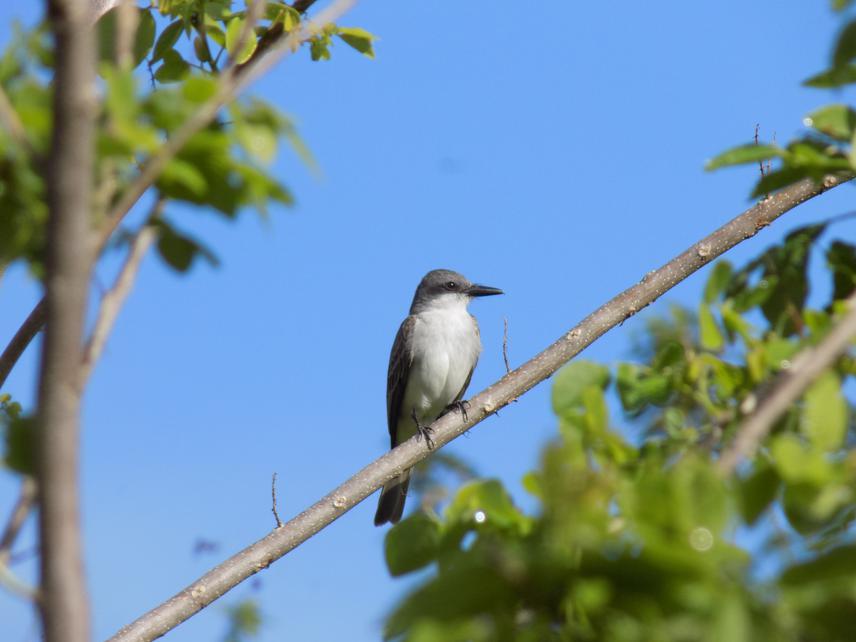Spencer Christian Schubert
Other projects
23 Mar 2016
Exploring the Potential of Endemic Colonial-Nesting Birds as Natural Agents of Forest Restoration in Degraded Lands of the Dominican Republic
6 Jun 2018
Measuring the Role of Birds in Accelerating Forest Restoration and the Stability of Seed Dispersal Mutualisms in Disturbed Landscapes of the Dominican Republic
Over the course of 2017, I will initiate a new chapter of my doctoral dissertation research project. Building on the previous year's study of avian seed dispersal around natural perching structures in pasture landscapes, I aim to test artificial perch installation as a method for increasing natural seed dispersal by frugivorous birds to forest restoration plots at various sites that are managed by my local partner organization. Furthermore, I will take advantage of this cooperative effort to expand observational sampling of plant-bird interactions and community composition at various sites in order to examine how landscape context and degree of human disturbance relate to patterns of biodiversity.

The Gray Kingbird (Tyrannus dominicensis) is another well known seed disperser at our sites. While primarily insectivorous, this bird incorporates substantial.
For my doctoral program at Old Dominion University, I am conducting my field research on avian seed dispersal in the fragmented forest landscapes of the central Dominican Republic. Frugivorous animals are well recognized for their importance as seed dispersers in ecosystems throughout the world, and their ecological role in tropical wet forests is especially pronounced given that the majority of tree species in these environments produce fleshy fruits and depend on this mode of dispersal.
On the Caribbean island of Hispaniola (Haiti and the Dominican Republic), forests have long been subjected to threats from encroaching agricultural activities. Aggressive modification to landscapes for cattle pasture land use has been responsible for extensive and widespread reduction in forest cover over the last century. In contexts of changing land ownership and management, pasture spaces are ideally suited for reforestation projects carried out by conservation stakeholders to mitigate forest losses and restore ecosystem services provided by forests. Nevertheless, forest restoration in abandoned pastures using traditional methods (e.g. natural succession, seeding, planting) is notoriously slow and largely ineffective in promoting the recovery of biodiverse successional forests that also serve as high quality habitat for wildlife.
During the first field season of my project, I began investigating the role of isolated trees in pastures as perching/nesting structures and their potential role as epicenters of natural seed dispersal and forest regeneration using a large cattle farm of a cooperating land owner as the primary study site. This year I will expand my research to other sites in the rural communities surrounding the town of Jarabacoa, where a local NGO with whom I am partnered is actively attempting to restore riparian forest cover on private farms in order to combat erosion and improve water quality in the streams upon which rural communities depend for their livelihood.
The primary goals of this project are to
(1) accelerate forest restoration at target sites,
(2) provide a model for future restoration projects that includes strategies for attracting frugivorous birds,
(3) examine patterns of plant-animal seed dispersal mutualisms and community biodiversity across a gradient of deforestation.
On our path to meeting these goals, we hope to involve and train local biologists and students in field ecology methods, educate the public on the importance of native/endemic birds in preserving and protecting forests, and starting dialogue with conservation entities in an effort to shift toward more integrated approaches to managing native ecosystems.